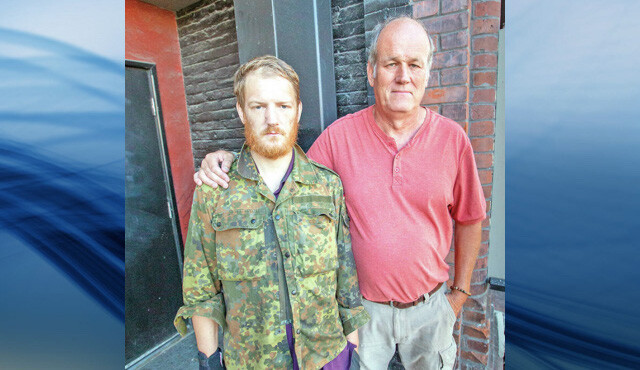Not only do people with opioid addiction contend with long waiting lists, they’re being sent to the wrong place, says Dr. Caroline Ferris, Island Health’s regional medical director for addiction medicine.
The word “detox” has caused “endless problems” for the health authority, says Ferris. Detox — medical withdrawal management — is not a place, she says. It’s a process.
“Detoxification can occur in many, many different places, not just [ward] 5A of the Eric Martin Pavilion,” she says. “Even our peer referral agencies don’t understand it. The unit on 5A is mostly for people withdrawing from alcohol. It’s not the place for people withdrawing from opioids. People leave in less than a day because it’s the wrong place for them. Those referrals there have to stop.”
The waitlist for those 21 medically supervised withdrawal management beds is approximately five weeks. The beds have not been full due to a shortage of health-care workers, last-minute staff sick calls, client no-shows and early exits against medical advice.
People wanting to withdraw from opioids can get the help they need at Island Health’s Rapid Access Addiction Clinic, said Ferris.
“There’s no waitlist. People can walk in and get help for withdrawal from opioids. They do not need to go to 5A.”
But the referrals continue. After his early exit last week, Jenvey is back on the wait list.
‘Are you going to die in that waiting time?’
“It’s just frustrating, you know,” Jenvey says. “Sometimes you want help so bad and you’re told you got to wait. What are you going to do in that waiting time. Are you going to die in that waiting time? You don’t know. It’s important to get in right away.”
Jenvey has an air of vulnerability. His hands are black and weathered. He mumbles when he speaks because he has no teeth. A new full set of dentures and $4,000 hearing aids were stolen from his shopping bag, along with his identification and cellphone.
He attended Royal Oak Elementary and graduated from Claremont. His father believes Jenvey’s problems started when he was hit by a car at 18. The collision shattered his arm. A plate was put in that scarred his forearm from wrist to elbow.
“He was in so much pain for two years, he got hooked on Tylenol,” says David.





